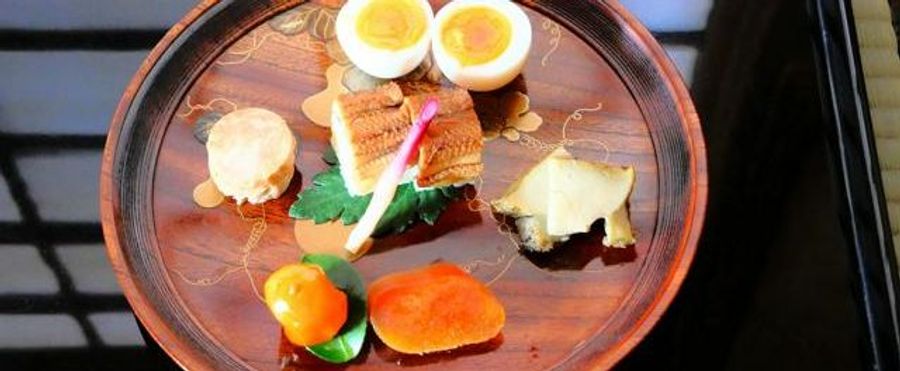The Japanese government has announced the addition of the middle 'Cultural Lifestyle' as a new category within the national Living Treasures project. This initiative is aimed at recognizing and preserving Japan's unique cultural heritage by conferring the status of "Living National Treasure" to individuals and practices. The introduction of the 'Cultural Lifestyle' category allows the scheme to expand beyond the usual craft and performance categories, in order to encompass everyday traditional practices and the people who keep these traditions alive.
The National Living Treasures program in Japan emphasizes the country's commitment to preserving its unique cultural heritage. A part of this cultural preservation is recognizing the value in traditional practices and crafts, and ensuring their continuity, relevance, and appreciation among future generations. This notable expansion indicates a broadening acknowledgment of the diverse aspects of everyday cultural practices that form part of Japan's rich tapestry of traditions.
Similar to Japan's Living Treasures initiative, the US and EU also have mechanisms in place to celebrate and preserve their historical and cultural heritage. In the US, the National Endowment for the Arts honors folk and traditional artists, while in Europe, the UNESCO Intangible Cultural Heritage Lists serve a comparable purpose. However, Japan stands out with the detailed classification of people and practices recognized as 'Living Treasure'.

